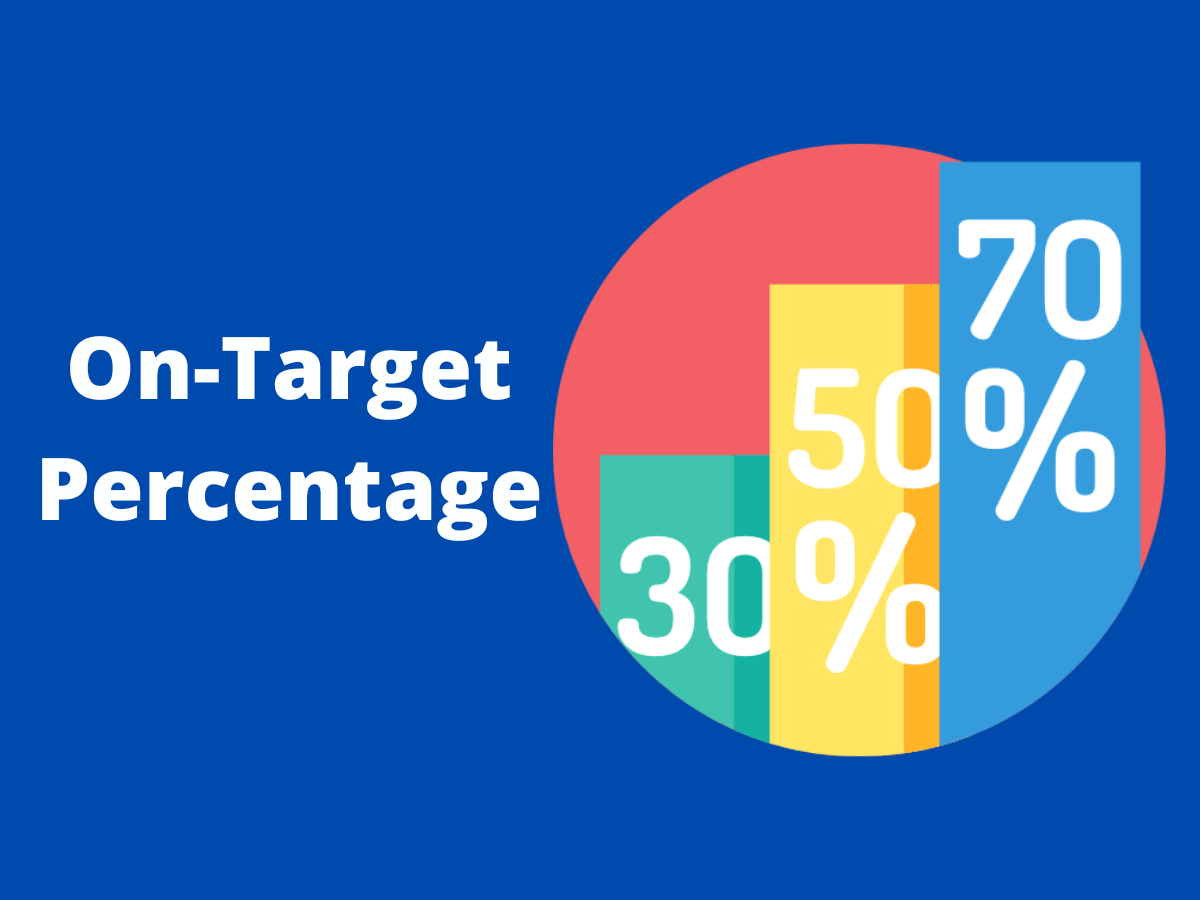
Aniview explores the advantages of VAST ad tags and explains how to create, validate, and debug them to create a seamless ad experience. Read more here.
Table of Contents
on February 28, 2023

On-target percentage, also called OTP, measures how much of your advertising campaign’s results actually stem from your intended audience. OTP refines the standards by which campaign performance can be judged: while a campaign might post impressive reach measurements, for example, those numbers won’t mean much if they don’t come from the market segments that the advertiser hoped to reach.
There are no objective benchmarks used in calculating on-target percentages; instead, OTP leans on the specific goals that an advertiser sets for a campaign. OTP, then, serves as a way to gauge the quality of a campaign’s success.
In advertising, on-target percentage can be used to measure the performance of an ongoing campaign or the success of a concluded one.
Advertisers must start by defining specific goals for the campaign. What those goals are will depend on the purpose of the campaign. A new dating app aiming to launch in Canada, for example, could set a target like “single 25-45 year-olds in Vancouver,” or narrow it down further by specifying gender targets, zeroing in on particular districts, or setting other parameters.
Next, advertisers must have data on the campaign’s total delivery or reach. This includes not just the volume, but also pertinent information about the users that comprise those delivery numbers.
On-target percentages allow you to:
As the digital advertising industry develops more powerful and precise audience targeting capabilities, advertisers can craft campaigns for narrower and narrower slices of the market. However, targeting audiences is one thing; successfully reaching that target audience is another. OTP, as a metric, allows you to see how well your methods perform on the latter front.
You can also separate OTP calculations for the different media or publishers used in your campaign. This allows you to use OTP as an objective point of comparison for each channel’s performance. A mixed-platform campaign, for example, can calculate on-target percentages for its mobile and desktop ads. The results can then be used to help you see which platform appears to lend itself better to reach your goals, and you can then modify your ad delivery strategies accordingly.
On a similar note, OTP can tell you if you need to make any changes to how you’re serving ads to specific target audiences. Keeping track of On-target reach throughout a campaign can alert you to flagging numbers in, say, the 30-45 male demographic, for example. You can then examine your spread of publishing venues or distribution channels and decide on changes that will help you reach more of your intended audience.
Featured Posts

Aniview explores the advantages of VAST ad tags and explains how to create, validate, and debug them to create a seamless ad experience. Read more here.

Last week we announced the launch of our new video ecosystem during an evening party, hosted at one of the finest bars in Tel Aviv, Buxa

Video ad metrics give you valuable data that’s crucial for evaluating and refining your advertising strategies
Adding {{itemName}} to cart
Added {{itemName}} to cart